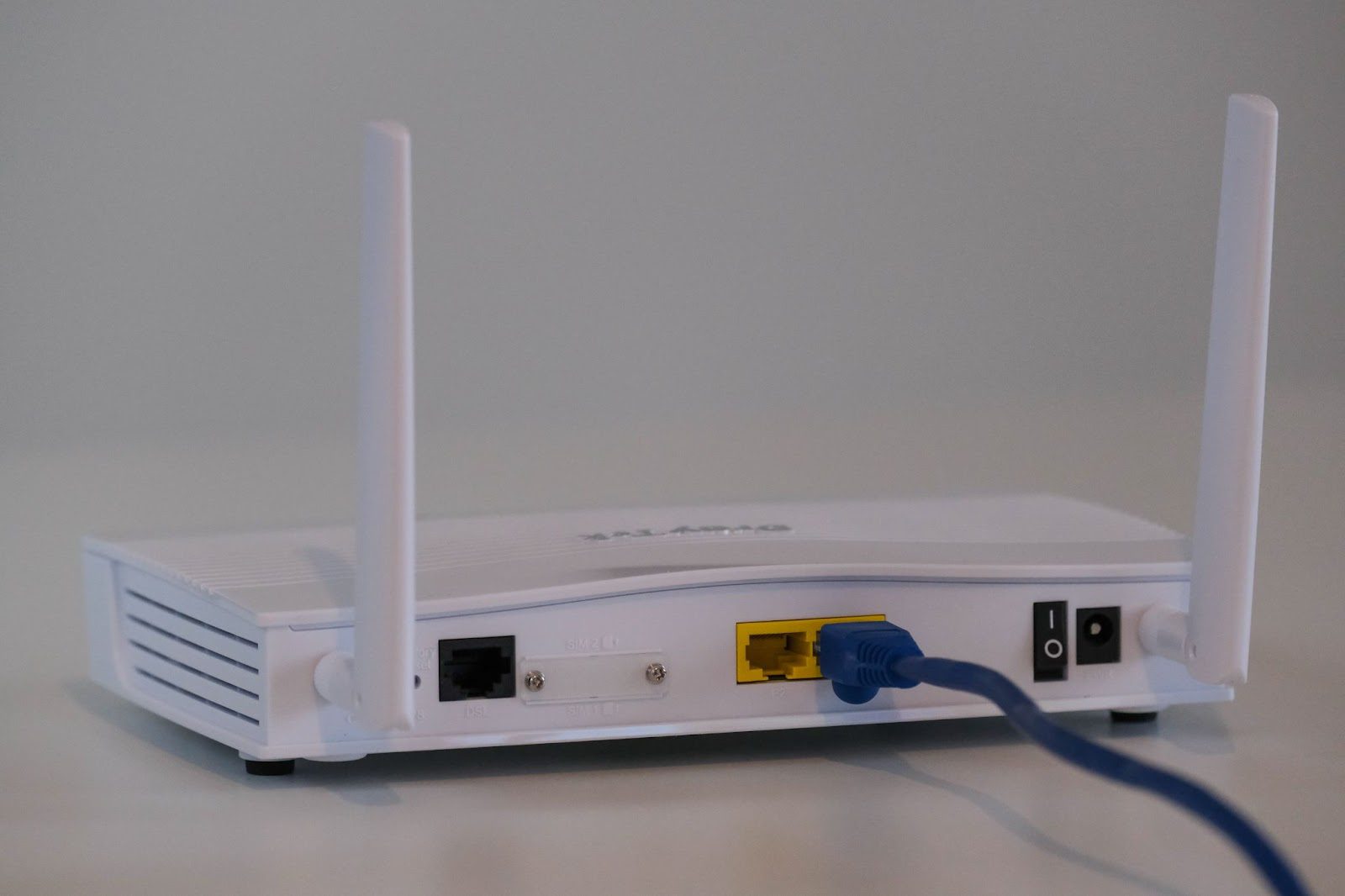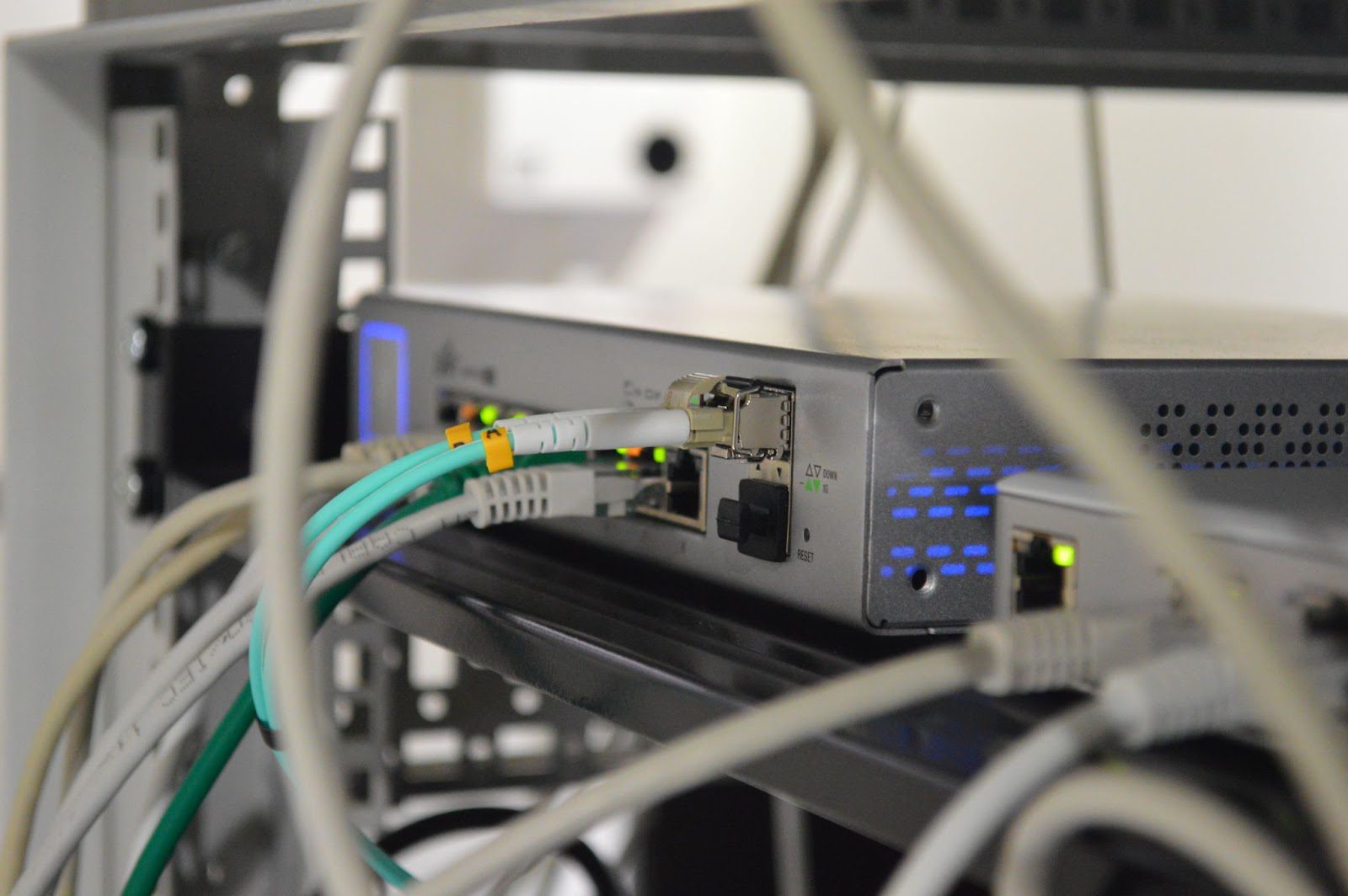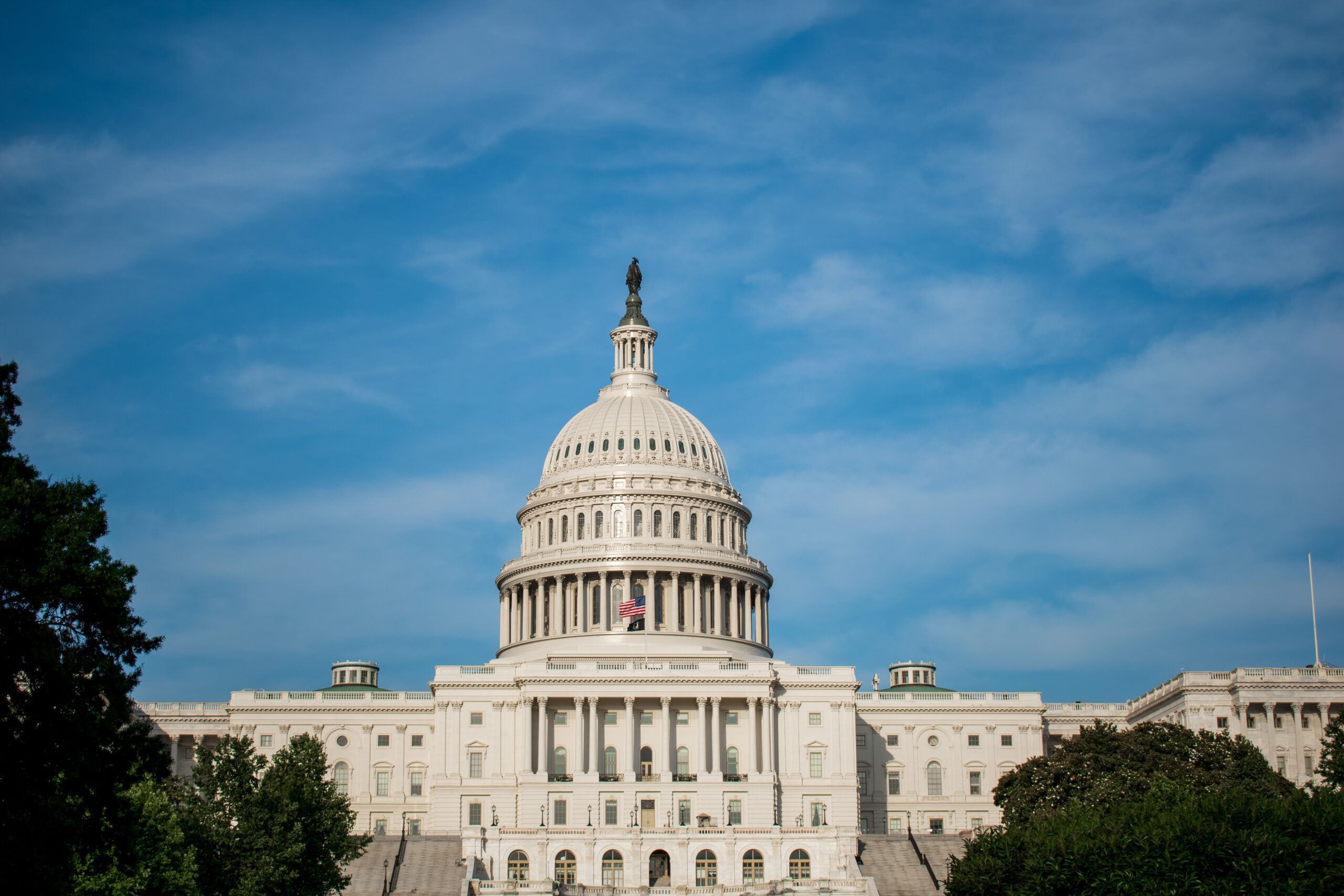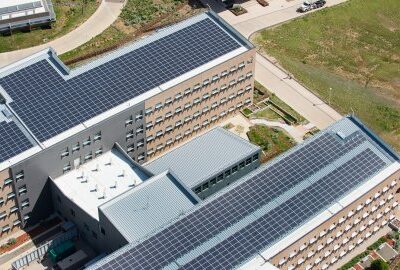Last year’s Infrastructure Investment and Jobs Act (IIJA) was a historic piece of legislation not seen in the U.S. in decades. Much has changed since then, particularly in how we define infrastructure. Should it remain limited to a barebones definition that only includes city roads, highways, and bridges? Should funding for trains, buses, and other forms of public transportation and subsidies to cover the costs of converting older systems into energy-efficient models count?
That debate carried on in the early months of the current administration until the IIJA passed in November 2021. The bill’s passage revealed an agreement between Republicans and Democrats on many of these questions. As agreed by on both sides of the aisle, trains and buses would receive funding, as would projects that seek energy-efficient and even zero-emission models when possible.
Congress also agreed on the importance of internet access in 2022. Especially at a time when millions of Americans work somewhat or entirely remotely. To the majority of the country, connectivity is the key to earning a living, staying informed, entertainment, and many other core aspects of modern life.
Bipartisan negotiations reflected this need and settled on billions for expanding broadband networks nationwide in the coming years. Following the urging from Senators Joe Manchin, Susan Collins, Rob Portman and Angus King, who led a bipartisan group of 16 Senators to encourage the administration to implement expansion funding in the IIJA, the U.S. Department of Agriculture’s (USDA) made a recent announcement that more than $400 million will be invested across various states for the first iteration of projects.

The announcement came in late July, with USDA Secretary Tom Vilsack stating that the agency is allocating a total of $401 million to several projects across states like New Mexico, Alaska, and Arizona. The investment is mainly grant-oriented, with $266 million coming through grants and the remaining $135 million transferring through loans.
This initial wave is expected to serve roughly 31,000 Americans across 11 states, with the scope limited to expanding broadband throughout rural areas that have few or no options available.
Much of the money comes out of the federal government’s ReConnect program, a recipient of the heavily funded IIJA.
Picking just 11 states for a first investment may seem like an unfair division of interests in a nation where the remaining 39 have yet to see funding. However, administration representatives have been quick to assure the public that the move prioritizes remote spaces in desperate need of connectivity following the recent economic shutdown. More funding will follow for the rest of the country.
“The internet is vital to our growth and continues to act as a catalyst for our prosperity,” says Vilsack of the decision. “The investments I am announcing today will help 31,000 people and businesses in large and diverse regions across the country access new and critical opportunities.”

Many projects, including a $27 million investment in Pershing County, NV, will develop fiber networks across the countryside. Like many others, the Pershing County upgrades are expected to provide residents with connection speeds of around 200 Mbps, a significant upgrade from the federal definition of broadband speeds of about 25 Mbps.
Such upgrades are necessary as the current remote-work trend often requires extensive and draining video conference time. It appears that this idea is shared by the current administration, as the ReConnect program seeks out areas where speeds are below the line of 100 Mbps for improvements.





